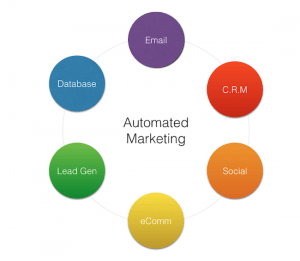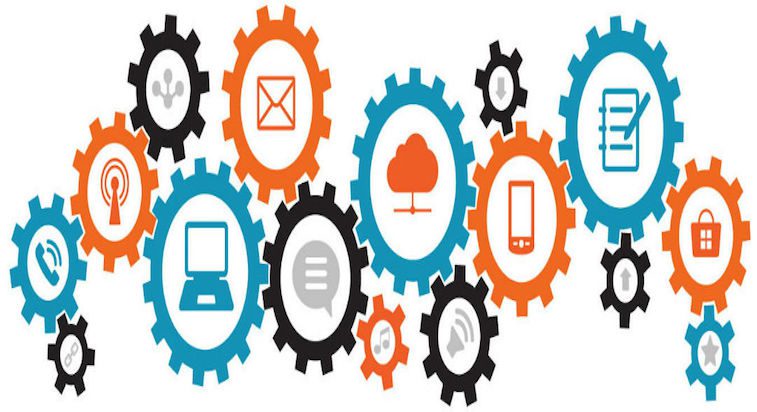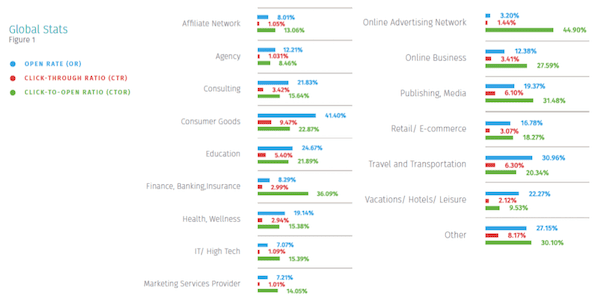Would you not agree that most marketers are still scrambling to figure out automated marketing? Whether it’s programmatic advertising, pre-programmed posting or repetitive tasks, marketers are keen to make the machines do the work. Cue:
- Big Data Analytics
- Algorithms
- Artificial intelligence
- Predictive modeling
- Marketing Automation software (eg. InfusionSoft, HubSpot, Marketo, Pardot…)
But how to make the right choice?
The Automated Marketing Choice
The options with automated marketing services* are now legion. It is most tempting to jump on the bandwagon, especially in larger businesses where the number of clients and volume of communications is not practical in a personalized manner. For the larger businesses, in fact, there is no real alternative but to use these services. And yet, in the way some companies use them, it may well be detrimental to their business — at least in the longer-term. Even as artificial intelligence, data science and predictive modeling improves, the real challenge is finding ways to provide value on a consistent level for the recipients. Share on X
For the SME?

But for smaller businesses is it really a good idea? For myself, I tried it out but I got queasy about the idea of letting machines manage the relationships with my contacts. Not that I was afraid of a cyborg going rogue, but I put myself in their shoes. When I receive a message that is obviously not personalized, I click on the delete button with greater and greater vim. There are many tactics and techniques to try to make a message look like it is personal and/or personalized. At a bare minimum, there is the personalized greeting. Adding a friendly image to the bottom of the mail is something that often makes me do double-take. And people will be duped. Anything to get the recipient to open and then click through. But, the idea that it is about duping the recipient does not come from a good place. Marketers have a knack of abusing systems and some “honest” marketers who have decent intentions pay the price because the email channel is overwrought with bad practices. But that’s the way things work. Emails may be very cheap to send, but the volume of emails, 49.7% of spam messages mixed in with 2.3% emails [Source Radicati] that include a malicious attachment, make the automated marketing choice a precarious one and, probably only serve the shorter-term goals. I shall never forget the conversation I had with a large online retailer who consistently believed that the solution to the ever-decreasing open rate was to add another email into the schedule to make up for the shortfall… It is reported that today there are about 270 billion emails sent every day, but 80% of these are not opened Share on X Source: SmartInsights.
 Marketing automation and influencer marketing?
Marketing automation and influencer marketing?
The argument of using automated marketing gets even more tenuous when considering influencer marketing. When engaging with a mass of customers, automating your process is likely a necessary evil. But when it comes to engaging with influential individuals, caveat emptor the shortcut route of automated marketing. Bigger companies will tend to shrug their shoulders and say that they “just don’t have a choice.” And I say, that’s how the smaller companies get bigger… and has contributed to the accelerated decline of so many big companies.
Do you have any examples of companies that are executing a value-added automated marketing program? In which case, I’d love to hear about them!
*When I refer to automated marketing, I am referring to software that allows the sender to program a set of communications that follows and responds to the recipient’s behaviors.


 Marketing automation and influencer marketing?
Marketing automation and influencer marketing?








